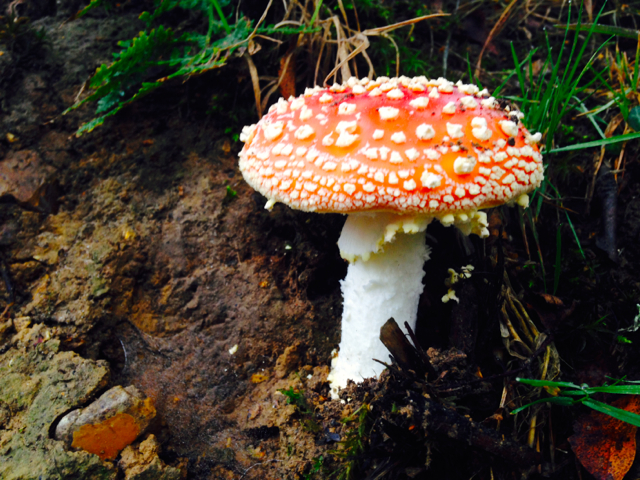
A category 2 hurricane struck the New Forest in 2013 but other natural disasters have been far worse.
The storm that hit Britain recently (October 2013), wreaking havoc and claiming four lives, was nicknamed St Jude because it was due to fall on the patron saints’ day – 28th October. St Jude was the patron saint of lost causes (and policemen)! At its height winds reached speeds of 99mph which, according to the Saffir-Simpson scale, was a category 2 (moderate) hurricane.
Be Prepared!
We had taken precautions to secure our smallholding and livestock when the Environment Agency increased the alert status from Yellow (be aware) to Amber (be prepared). We checked the fences and removed a suspect limb overhanging the boundary. The ditches, drains and gutters were checked and, if necessary, cleared. I took the decision to leave the ponies in the fields rather than bring them into their stables, as I thought they’d be safer. All equipment, garden furniture and wheelbarrows were stowed away. When the full strength of the storm hit, at about 4.30am on Monday 28th October 2013, it felt as if the roof was being lifted off the house. I could hear the timbers in the attic creaking in protest and the whole house was shaking. Just after that the power went off. We were to remain without electricity for 36 hours.
Great Storms
Acts of God or natural disasters are not uncommon in the New Forest. In the Great Storm of 1703, for example, approximately 4,000 oak trees were lost. Landslides, particularly around the coastal areas, are an ever-present danger, likewise with gales, flooding and wildfires. (Wildfires are not to be confused with the heath burning that is practised by the New Forest Commoners as a legitimate pasture management tactic.) During the Great Storm of 1987 wind speeds were in excess of 130 mph. Louise Gray, from the Telegraph, later reported; ‘The grand vistas of south-east England were transformed by the worst storm in 200 years. Of 15 million trees felled, 12 million were in forests and three million in parks, estates and along leafy avenues. Losses included six of the eponymous Sevenoaks of Kent, 100 trees at Hampton Court and 700 at the Royal Botanic Gardens, Kew, as well as many old friends in gardens around the country.’
It’s an ill wind that blows no good
After the Great Storm of 1987 conservation organisations, such as Woodland Trust, saw support for their work increase. People also began to plant more trees, particularly the native broad-leafed species and our countryside, parks and gardens have benefitted as a result. Another benefit of the storm was to provide the Forestry Commission with an opportunity to research the process of regeneration within the woodland areas. There was so much deadwood that it was simply left where it fell. Many insect species thrive on deadwood and their abundance had a dramatic effect on the flora and fauna critical to creating a vibrant woodland habitat. A Forestry Commission expert explained; ‘To be able to use deadwood, wood-boring insects require wood infected by fungi, as they lack the enzymes to break down and digest uninfected wood. The combination of insects, fungi and rain, produce water-filled rot holes which in turn provide breeding places for numerous flies and beetles. A wide range of invertebrates and birds will find plenty of food sources among that mix too, with upturned roots and logs also acting as important prey ‘plucking’ sites for birds of prey like the goshawk.’
Profit in rural living
Thirty-six hours after the St Jude storm hit, power was restored to our holding. That we had managed to cope relatively easily was due to the fact that, living in a rural location, we were prepared. Our trusty Aga ensured plenty of hot water and provided cooking/drying facilities. The diesel generator was quickly employed and our store of candles provided light and warmth. We also discovered that a deck of cards provides great entertainment and, if you’re lucky, a profit! As the old saying goes ‘it’s an ill wind that blows no good.’

The New Forest has many species of fungi, which rely upon fallen trees and the decay of other plant material.
Sources:
Louise Gray, The Telegraph, 15 Oct 2012: The Great Storm 25 years on: The positive impact on our woodland
The Forestry Commission: The Great Storm – http://www.forestry.gov.uk/forestry/INFD-77EBHD
The Woodland Trust – http://www.woodlandtrust.org.uk


You must be logged in to post a comment.